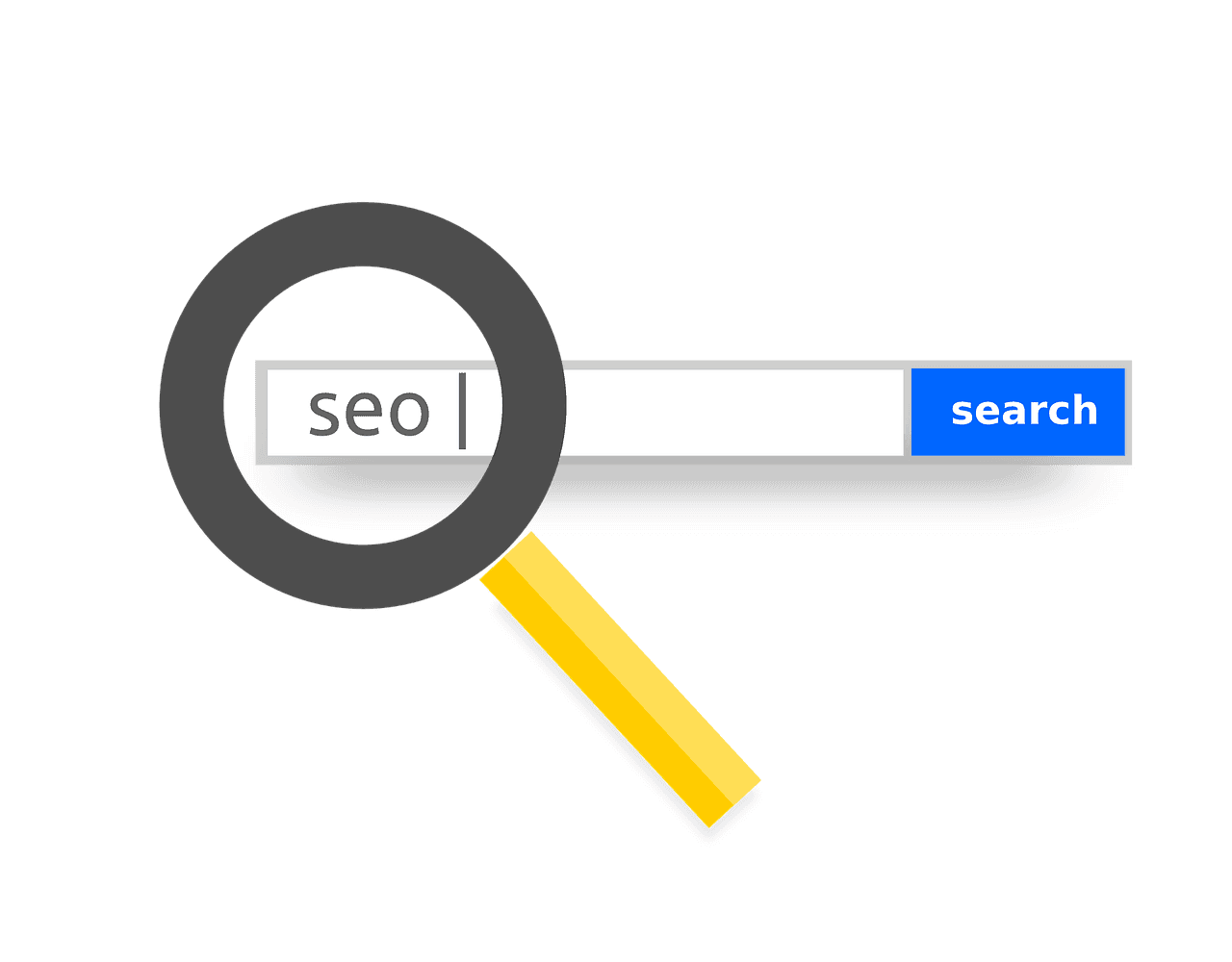Are you visible?
Becoming a reliable search engine result for customers.

It’s Friday night, and your family wants pizza. No particular brand is family favorite, but your daughter likes thick crust, your son wants a vegetable-only option and you want delivery. How do you decide? Most likely, you'll turn to the internet. In the millisecond after you’ve entered “pizza delivery in my town” into the search box, Google returns the relevant search results, with the most appropriate on top to make it easier for you to make a purchasing decision. “Paul’s Pizza Pub offers thick-crust pizza with mushrooms and onions, and they will deliver it in 30 minutes? I’ll take it!”
As a consumer, the how and why of which search results come up on top is not as important as being able to get to the products and services you want. But as a business owner, you need understand how search engines operate and how you can become a reliable search result so that potential customers—who do a lot more research than pizza consumers—find you before a competitor.
Search Engine Optimization or SEO is “the process of maximizing the number of visitors to a particular website by ensuring that the site appears high on the list of results returned by a search engine” (Oxford Living Dictionaries, 2017). There are two main focus areas of SEO: Onsite and Offsite.
Onsite SEO
Onsite SEO refers to what is happening in the back end of your website. When you built your company’s website, you turned to a website developer or marketing company. In mapping out the plan for your website, you discussed what it would look like and what content you wanted to include. Both of these things are critical to the user experience. Did you also talk about what would be done to the back end to make your site attractive to search engines? Did you discuss the framework, tags and descriptions that would ensure search engines could easily scroll your content to help you become a top result in search? If you did, then you are ahead of many business owners. If not, now’s the time!
The criteria list search engines use for ranking websites is lengthy. Two examples include adding alternative text tags to your images so that search engines easily identify them and giving each page within your site a unique title so that multiple pages that show up in search don’t confuse users. If both of these tactics sound like another language, you’re not alone. The world of onsite SEO uses technology and terms that most of us are not familiar navigating. But whoever builds and manages your website should be concerned with both the front-end user experience of the site and the back-end functionality to get the most out of your efforts. If working to develop your onsite SEO isn’t in their wheelhouse, then finding another source to help you focus on it should be a priority.
Offsite SEO
Once you’ve finished optimizing your website, it’s time to make sure you are visible elsewhere online. Offsite SEO refers to improving your search rank wherever your business is listed other than your website, such as directory and review sites or social media channels. Maybe someone is on Yelp reading local reviews about wedding vendors, or their go-to directory could be Yellowpages.com. Perhaps it starts with Google and moves to Google Maps or Google My Business. All of these websites classify as online directories. There are more than 300 of them, and they all play a significant role in whether your business will come up on top in a search listing.
Google relies on these directories, especially its own, to feed it information about your business and your competitors. After a consumer enters a search word or phrase, it looks to see whether you are listed, claimed and have accurate contact information across your listings. If so, it deems you a reliable search result and moves your website and directory listings closer to the top of the results list. Each directory follows its own set of rules and timelines and requires some degree of hoop jumping to become listed and claimed. But once done, you should start to see improvement in your search ranking.
Working to improve your search ranking is not something you do once, check off your to-do list and move on. It should be considered an operational function of your business because your potential customers are doing the majority of their searching for products and services online. Taking the time to “clean your digital house” is worth the time and investment. Although you won't move to the number one spot in search rankings overnight, you will see your rankings improve and inevitably turn some new leads to your website and business.










